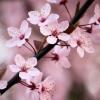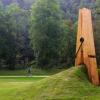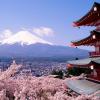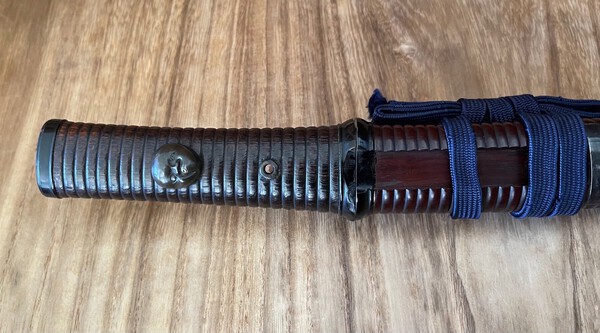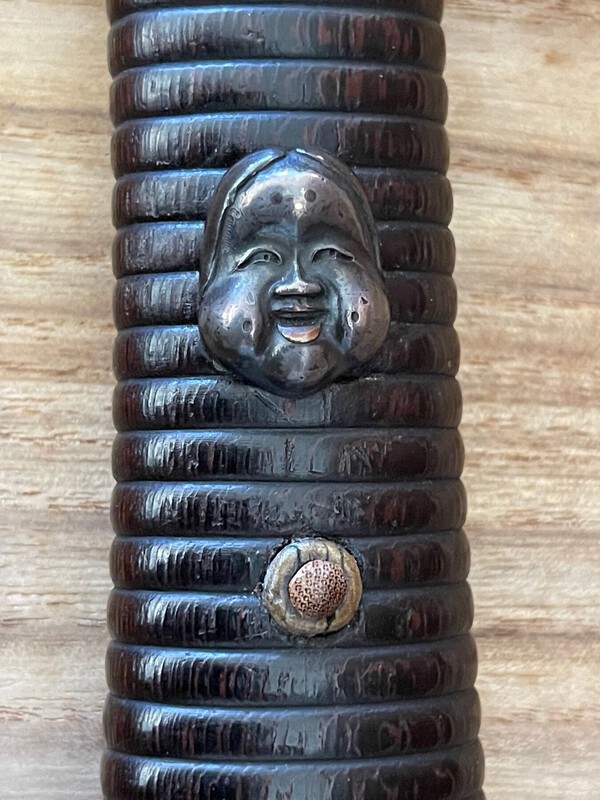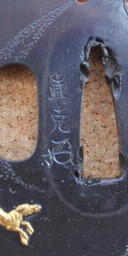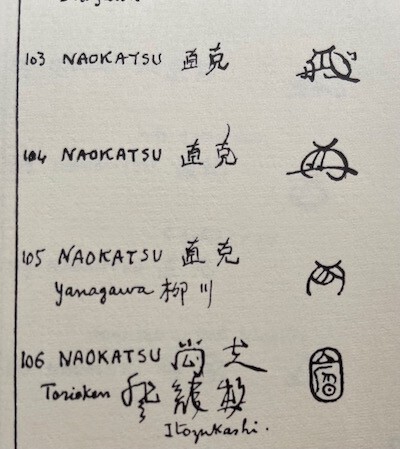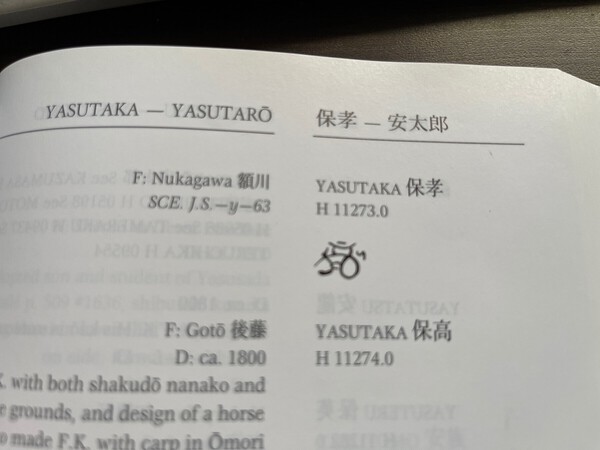-
Posts
286 -
Joined
-
Last visited
-
Days Won
2
Barrie B last won the day on March 13 2020
Barrie B had the most liked content!
Profile Information
-
Gender
Male
-
Location:
Perth, Australia.
-
Interests
All things Nihonto related.
Profile Fields
-
Name
Barrie B
Recent Profile Visitors
474 profile views
Barrie B's Achievements
-
Hi Micheal, I could not find this in the Kinko Meikan or in Markus' Signatures of Japanese Sword Fitting Artists. Unfortunately I don't have Wakayama's publication. Good luck. Barrie.
-
Barrie B started following WTB Inaba Mon Menuki and Tanto Tsuba + FK for Sale - $20 + Post.
-
Curran, that is a very nice Tsuba indeed..! Baz.
-
George (et al), Thanks for sharing your knowledge to broaden mine. And thanks to everyone else for sharing their items to increasing my limited understanding on the use of this theme.. Not as rare as I first thought. I never once imagined this O Tanto/ Ko Wakizashi might have actually been owned by a Bushi, and not by a Kabuki actor.. Thanks again. Baz.
-
Hi, Thanks Dale. I see plenty of Hanya mask themed stuff. Especially Menuki and the odd Tsuba..Cheers for the links as well. Barrie.
-
Hi Dale, LOL.. My interest is because I own this handsome 'Merchant' Koshirae (for lack of a better description) that has similar themed Menuki.. Bit of an unusual theme for a Samurai, I would have thought..? I think it was made very late Edo, when merchants and artists had money? Perhaps I should research the Kozuka artist to put an approximate date to the Kozuka, to support this theory.. I assume it was made for, and owned by a Kabuki artist..? Any other theories? Barrie.
-
HI all, I would like to enquire if a member of our prestigious board happened to win this unusual Kozuka recently? https://page.auctions.yahoo.co.jp/jp/auction/o471217620 Thanks. Barrie.
-
Hi BaZZa, Nice Kozuka; three very nice gold Kamon on a fine Shakudo Nanako ground, presumably made for a formal Koshirae. Haynes does not show this specific Mon, (and I do not have any other references) so yes, I believe a sufficiently different and potentially unrecorded Kamon, which is not surprising. FWIW, they look like Anzu (Apricot Blossom) to me.. Barrie.
-
Hi Bob, At first, I thought the Kakihan (N 104) was a good match and we had found your man, but then I too realised its not quite the same. Pity. That is why I posted them beside each other.. I am not sure if anyone (Haynes for example) found anomalies or or even Gimei contained within Joly's, or maybe there were possibly even minor copying errors ..? Either way, I still reference it from time to time out of curiosity. Anyone have anything more substantial to say about Joly's - as a reference source? Barrie.
-
Hi Gents, Unfortunately I do not have Wakayama's yet, but I have Joly's and have attached a photo of N 104 for you. Barrie.
-
Hi Chuck, Very nice Tsuba. Haynes only has two listed that sign like your man (H 11272.0 & H 11273.0) and the latter has a Kao - that I think resembles yours.. Not exact, but probably to be expected maybe, from a sketch. But then again, most Kao take on a similar form. No much info on either of them, so I doubt anyone would go to the trouble of forging it..? But you never know..! Haynes states the other (H 11272.0) is Hamano Yasutaka and died ca. 1800 - with an unrecorded Kao. Barrie.
-
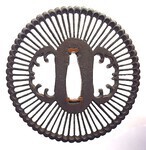
Any how to's for making sword bag's ?
Barrie B replied to Hector_A's topic in General Nihonto Related Discussion
I have made them in the past, but they are a bit of a fiddly thing to make. The Japanese are very clever and if there is a hard way to do something, they will find it. I reverse engineered an old bag and found that it is double lined with a thin layer of padding inside. None of the seams are visible, even when you turn the bag inside out..!.. Basically you have to make the outer and the liner (both inside-out of course to be able to sew them) which are then sewn together on the top of the bag - at what will eventually become the opening of the bag. This is when I also attach the manufactured ring (using the same material) for the fusahiso cord. Then you have to turn one half inside out and then pull the other through it, also turning it inside out so both seams are 'inside' the bag - for want of a better explanation... It is difficult to explain and its a fiddly job. BTW, the liner should be slightly smaller (half inch all round) than the outer so the seams don't bunch or cause creases in the liner later on. Each time I make another bag, I have to sit down and basically re-teach myself the process.. My wife won't touch them..! I used modern materials and sometimes brushed-cotton for the lining of the Koshirae bags, because I could not bring myself to cut up and old Kimono. It is time consuming, but oddly rewarding. I couldn't make them for a living. Of course you can cheat and have the seam showing/ visible inside the bag which is fine, but that is not how they are made. They certainly are worth trying to make though, but study an old bag first. Good luck. Barrie. -
Oh..! I did not realise it was that expensive, The book is written mostly in Japanese, but here are some excellent pics - that I presume show typical Owari Tsuka. BTW Markus Sesko has some koshirae books out explaining the characteristics of Owari koshirae/ tsuka that details the kashira size in comparison to the fuchi size etc. which compliments this book. I can take better photos later, when I have more time - if you need.. Barrie.
-
-
Apologies; I misunderstood the question, but it looks like sikigane (added at the time of manufacture) to me. Barrie.
-
Yas, It is called Sekigane.. An insert (usually copper) to allow the tsuba to fit (snugly) to the nakago.. You don't just see them in the nakago ana either.. They are sometimes fitted in sukashi tsuba around the seppa-dai to fit a koshirae (Koiguchi for example) or in the Ryo hitsu-ana to accomodate kodogu or to protect the kodogu from scratching.. The latter usually being fitted to iron tsuba and done in shakudo or gold to protect the fittings. Here is an example in the kozuka-ana from one of my Akasaka tsuba. Tsuba from Suruga often have kutchibeni style sekigane that are fitted as part of the tsuba aesthetics. This is a kantei point as well. Barrie.



